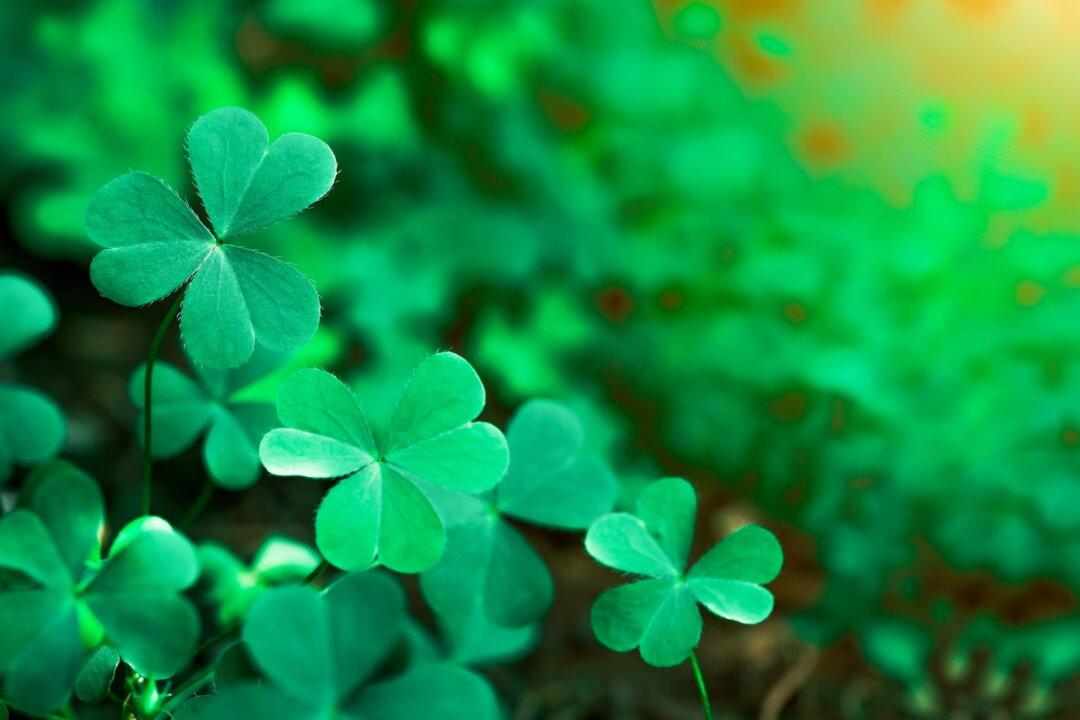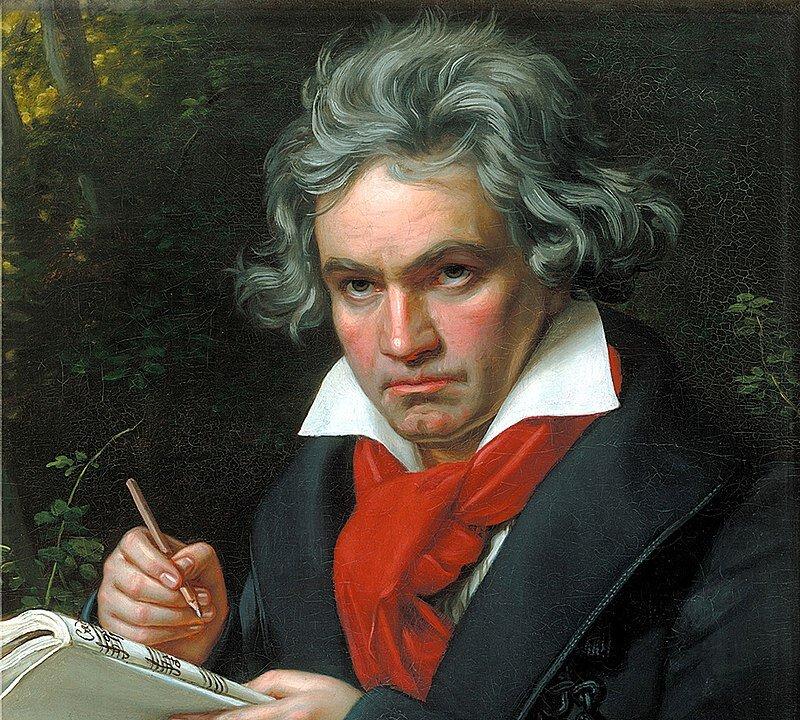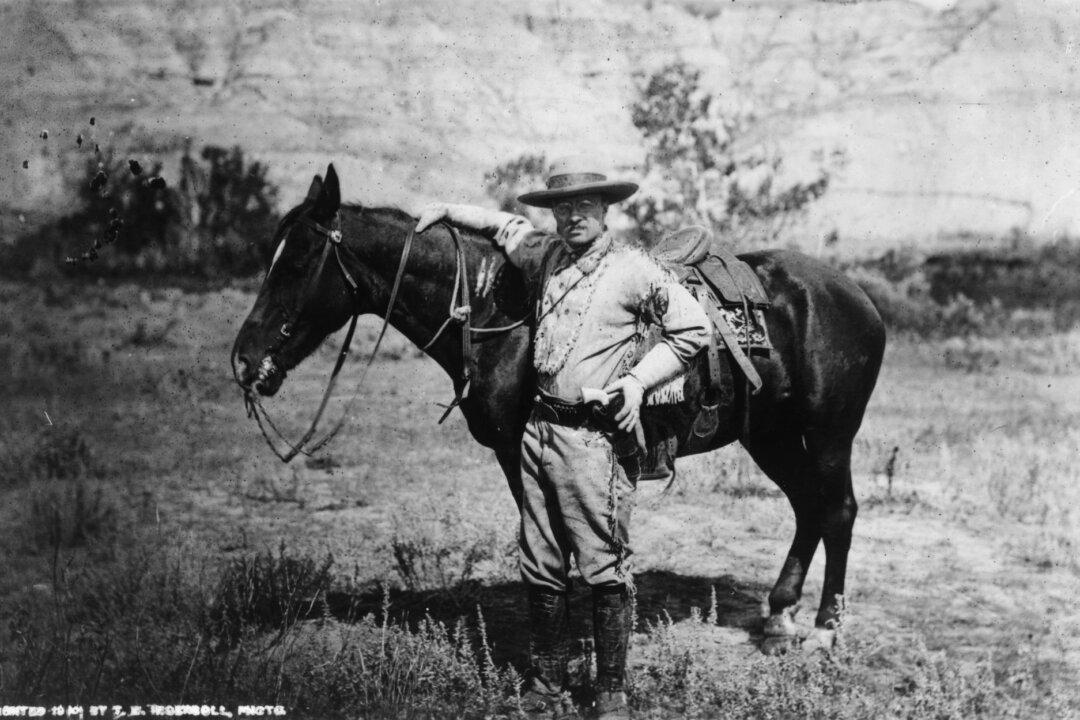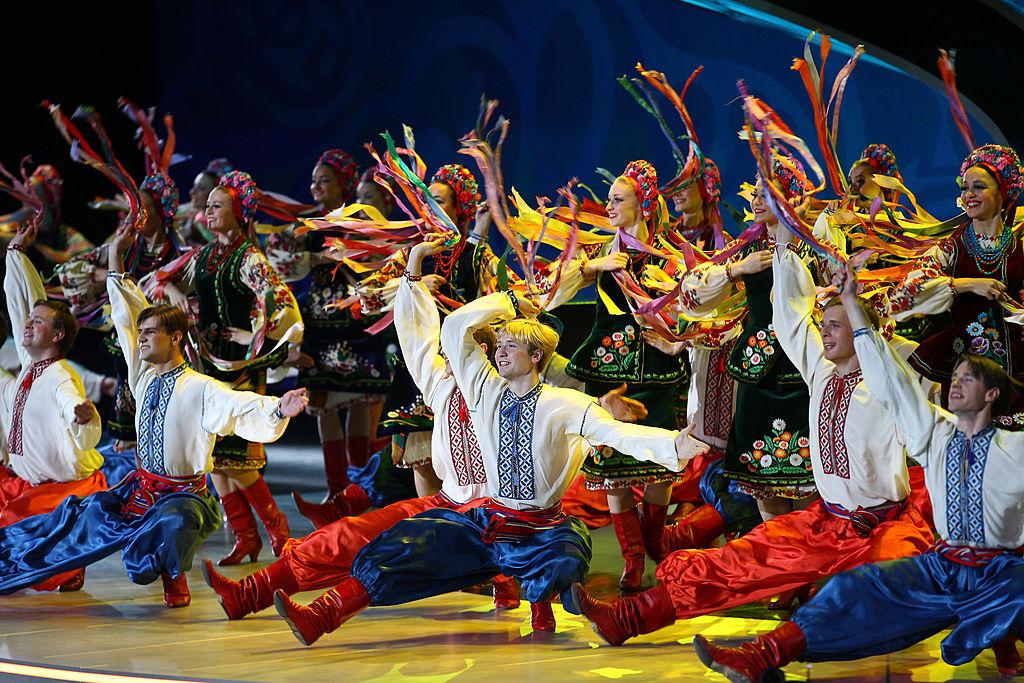It’s that time of year—from shamrock hats to shamrock shakes to lovable leprechauns and more.
We may guess that the reason for the ubiquitous shamrocks at this time of year is that they are the symbol of Ireland. Perhaps a bit like the eagle in the United States. But what’s the real story?





